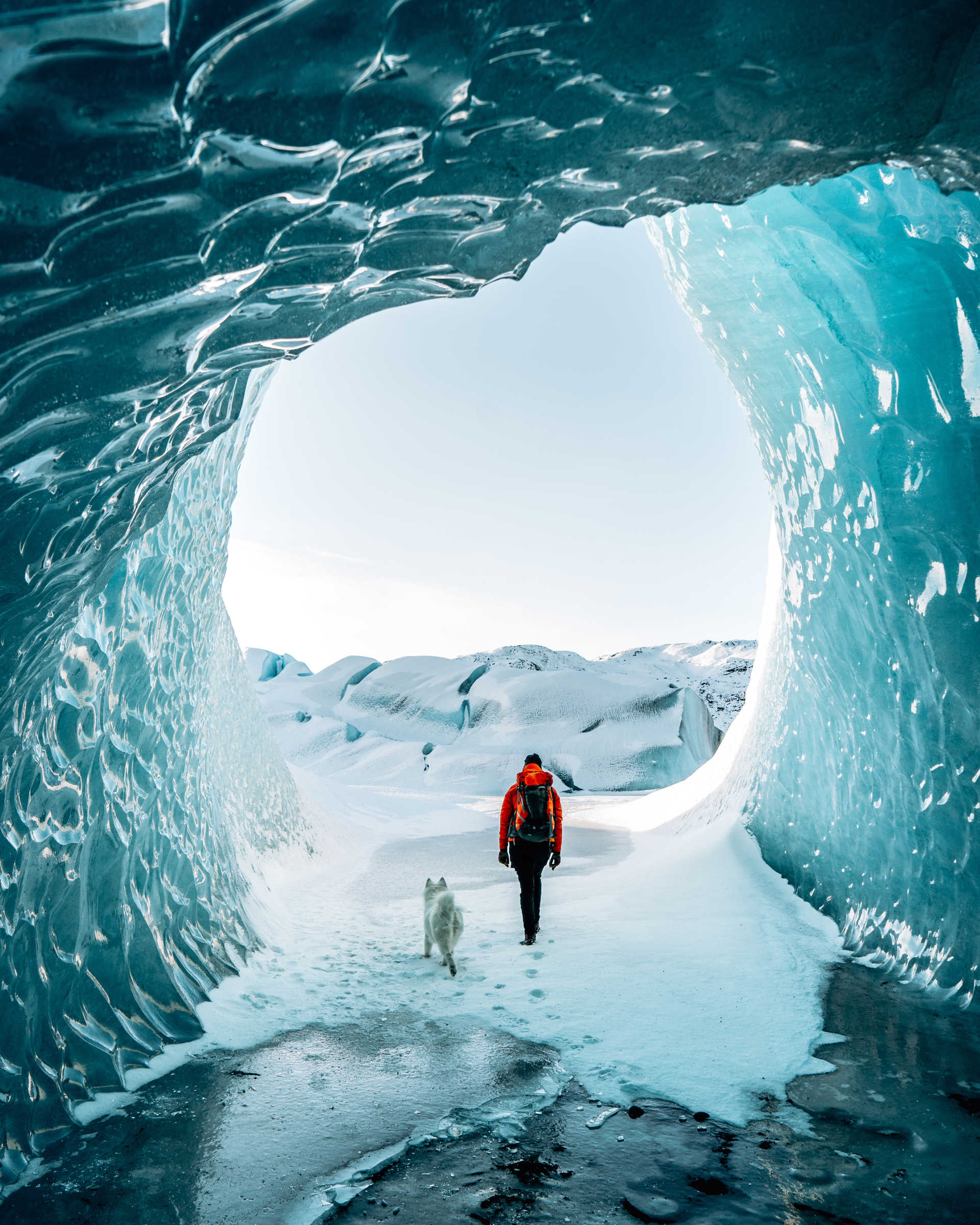Why visit Iceland?
There are a handful of misconceptions about Iceland which
may deter some from visiting this incredible country, but take it from us, if
you don’t include Iceland on your hitlist you’ll be missing out.
The weather in Iceland is super cold
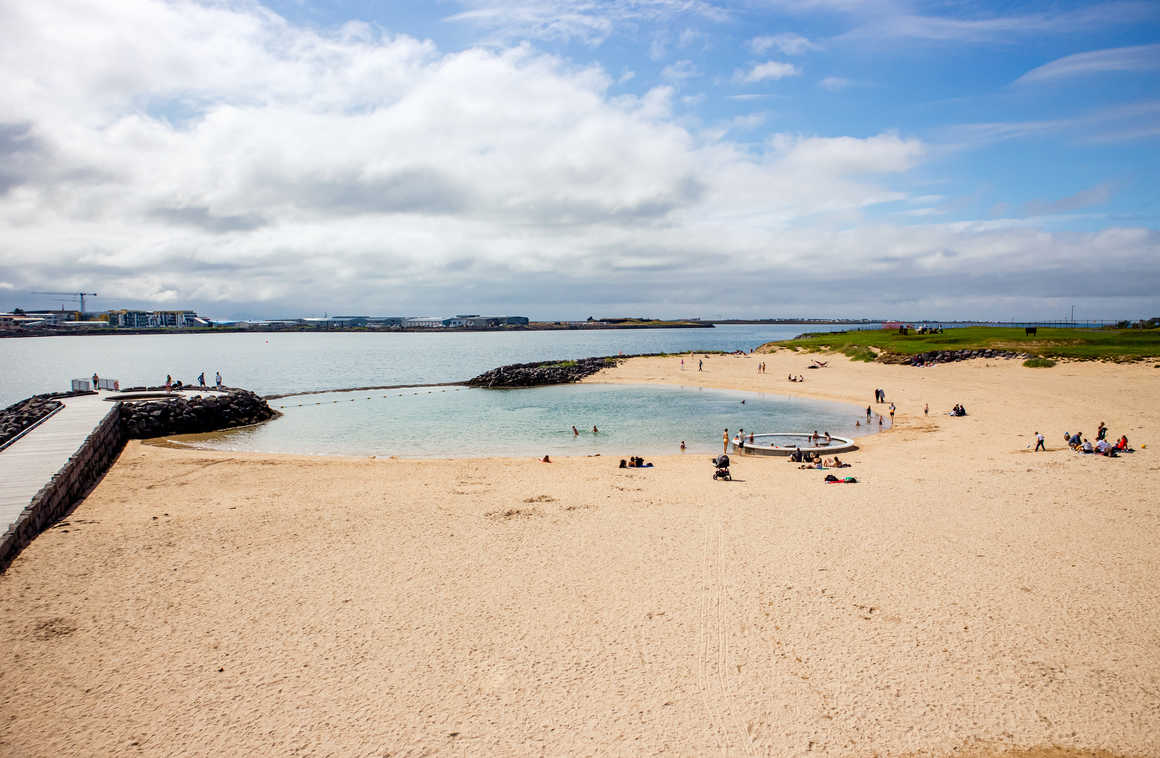
Iceland is flat and featureless
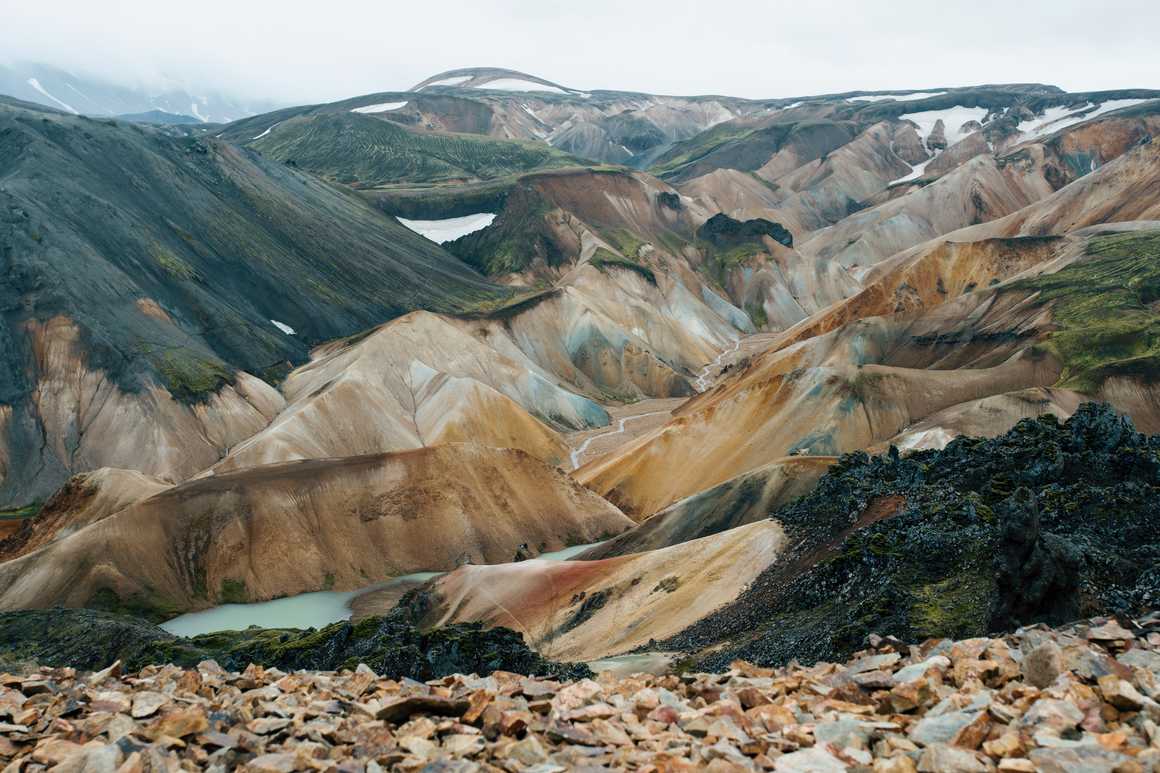
Iceland is sat on the cusp of two tectonic plates which have
formed many of the mountains here, as well as the volcanic ridge which is the
reason for much of the geothermal activity in Iceland.
There are active volcanoes in Iceland, like Eyjafjallajökull
which stopped air traffic in Europe in 2010 for several days when it spewed an
ash cloud across the continent. And you can climb some of them and see real
lava. And there are lava fields, both new and old, which have created fertile
and lush formations unlike anywhere else. There are no boring vistas here.
You can't go swimming in Iceland
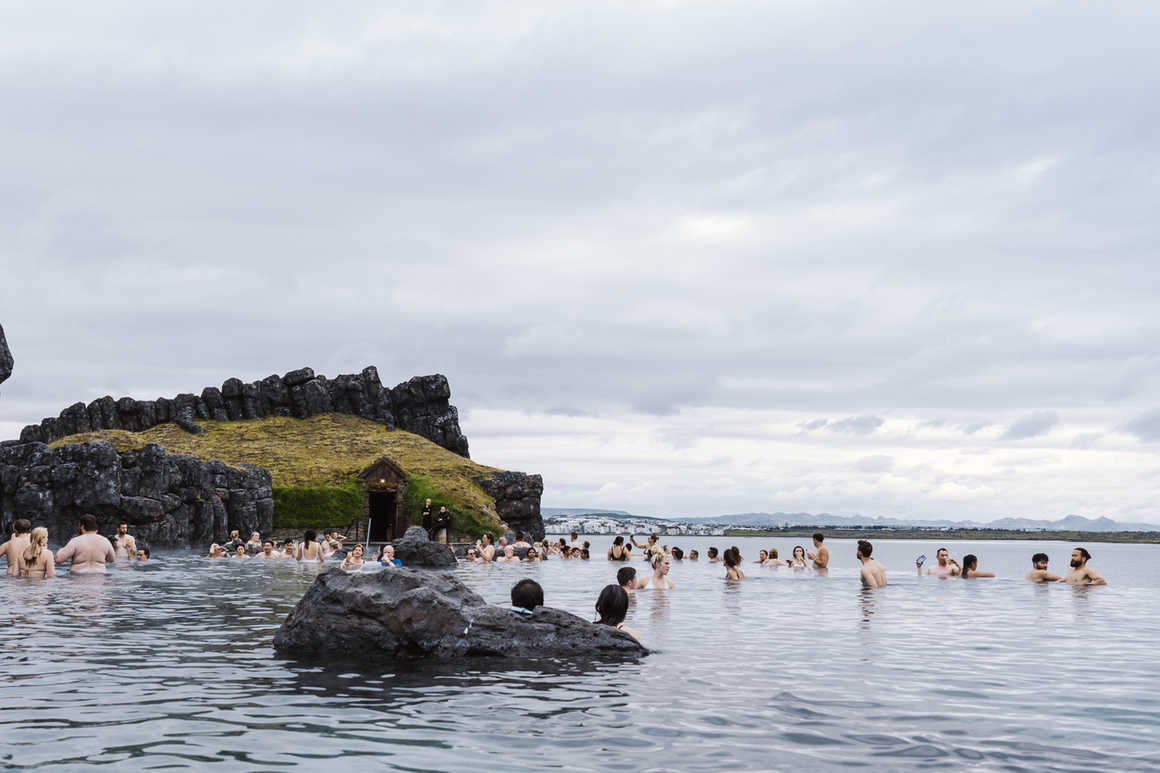
There are no beaches in Iceland
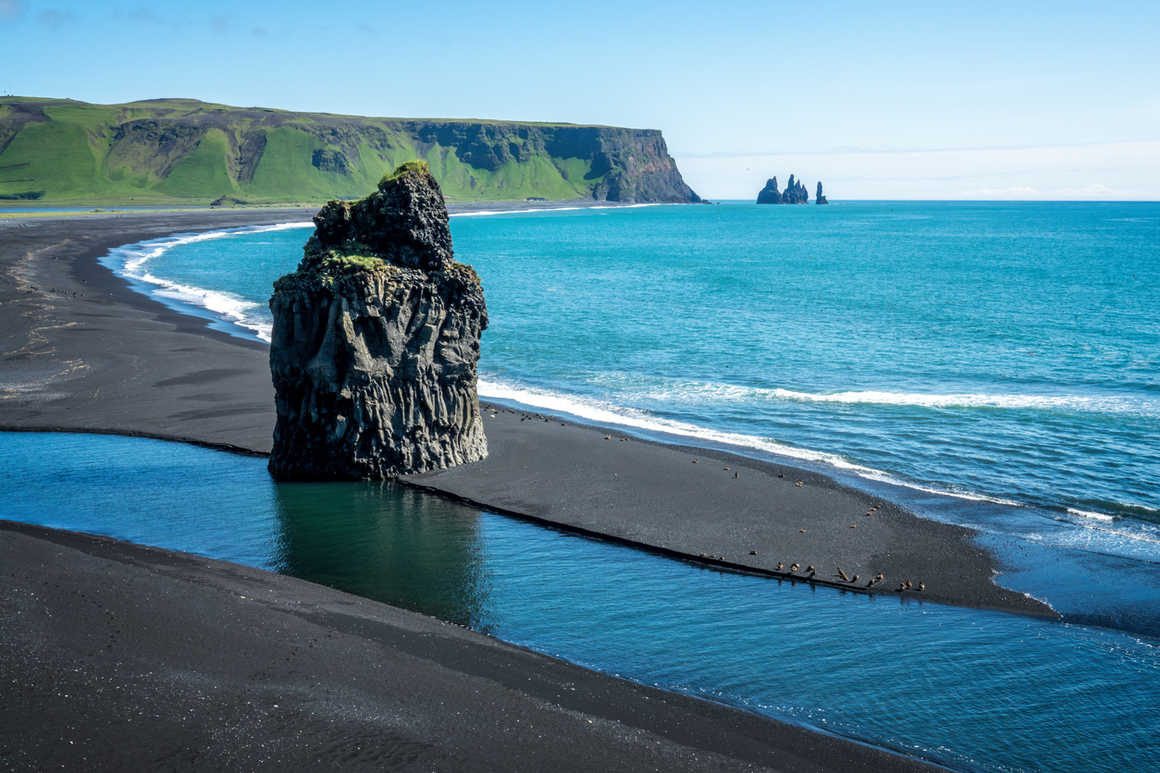
The food is expensive in Iceland

However, if you join an organised Iceland trip then you’ll
food will usually be included in the cost. If not, choose accommodation with a
hearty breakfast included in the price. If you’re driving around Iceland, stock
up on supplies at Bonus, the big pink supermarket where prices tend to be
cheaper. Take a water bottle and refill it wherever you go – the water in
Iceland is some of the purest in the world. Get your hot dog on and buy lunch
at hot dog stands unlike any other hot dog stand you’ve ever been to. Think organic
meat, steamed bread and lots of choice of toppings. Service stations also tend
to offer cheaper fast-food options and free coffee refills.
You will need to budget for eating out in Iceland, but it is
a small price to pay for this otherwise once-in-a-lifetime destination.
There are too many tourists in Iceland
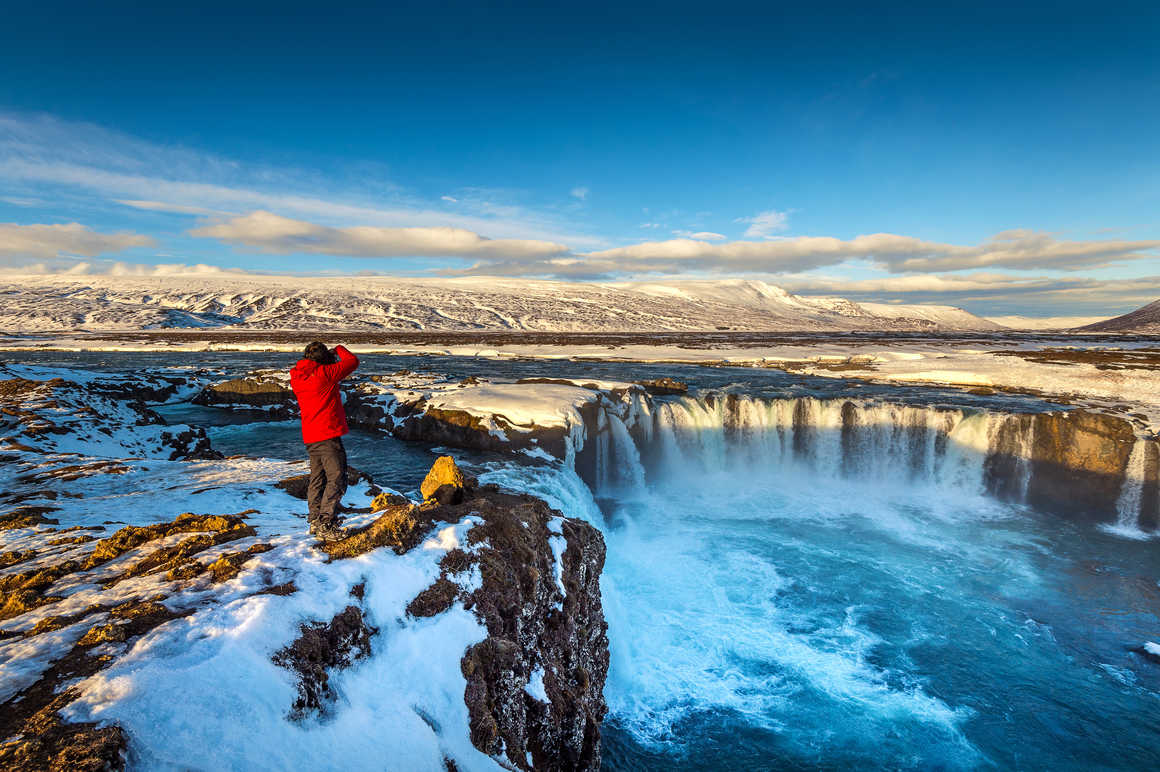
Yet France, Spain and Italy each receive in
excess of tens of millions of visitors each year. The Lake District National
Park in the UK welcomes at least 16 million overnight visitors each year, by
itself and it’s a fraction of the size of Iceland.
Whilst 1.5 million visitors sounds like a lot, the country
is half the land mass size of Spain with a population of 5 million people,
compared to the almost 47 million population of Spain. Having operated trips to
Iceland for a while now, we firmly believe there is plenty of space in Iceland
for the increasing influx of visitors and with so many awesome places to
explore, it’ll be a long time yet before the most iconic sights here are
anywhere near crowded.
You need a car to get around Iceland

The third way, and the one we
recommend, is to join an Iceland tour with an experienced travel operator such
as Kandoo Adventures. Maximise your time here with a jam-packed
itinerary, your meals included, expert local guides and friendly like-minded
travellers. No organising is needed when your trip is planned for you to get
the most out of your visit. If there are other places you want to visit, then
add extra days on before or after your trip for independent travel.










